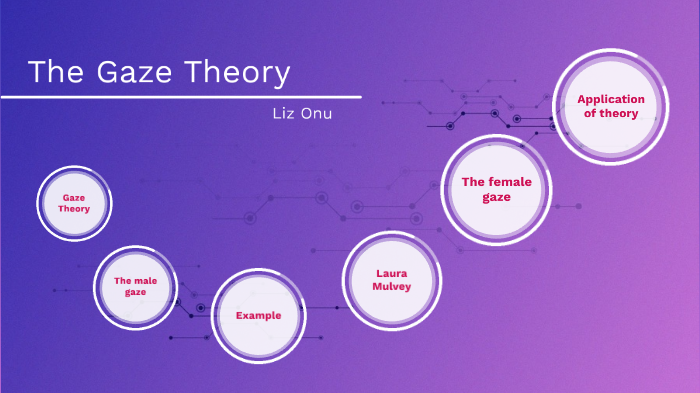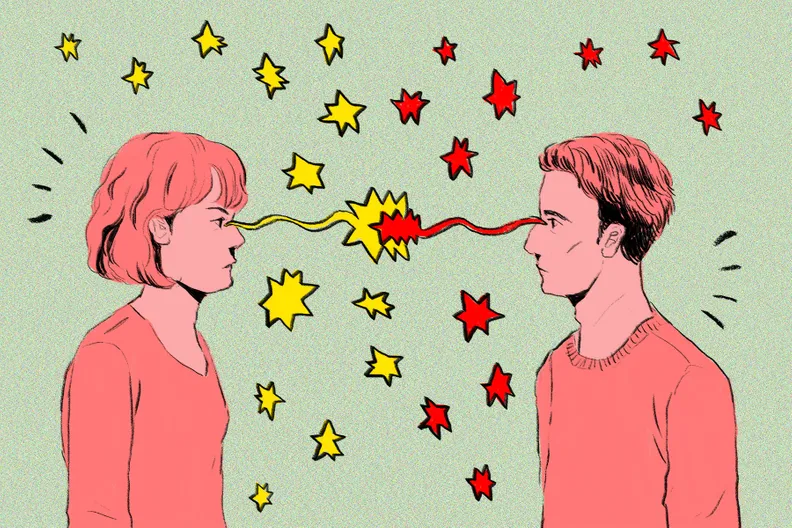By Maria Katsarou,
Most social movements have proven to be living organisms, which through the ages evolve and progress. Feminism has followed this pattern after its third wave, moving towards its fourth with the #MeToo Movement, starting in 2006, the emphasis on intersectionality and the huge impact of postmodern technology and social media in its core. During this lifelong process, I think, feminist ideology has moved in two directions: it has either deepened or broadened its perspective. The theory of the male gaze falls into the first category, while one of the female gazes into the second.
The term “male gaze” was first coined by film critic Laura Mulvey in her essay Visual pleasure and narrative cinema, which correlated film theory, feminism, and psychoanalysis. This theory simply states that the essence and spectacle of women do not exist independently, but is rooted in the image that cisgender, white men have about women. In this way, women act and perceive themselves in a way that pleasures men; they are a spectacle for them to watch and consume, made, by men, for men. In the words of Margaret Atwood, “You are a woman with a man inside watching a woman. You are your own voyeur” (The Robber Bride, 1993).
This approach undoubtedly raises questions about womanhood. How can it be defined, by whom, and in which terms? How can we provide a modern and intersectional definition when the world continues to be run by men for men? The newfound theory of the female gaze tries to tackle those questions.

The “female gaze” comes, almost, as a countermeasure to the male ones, in both feminist and film theory. First used by the Film Society at Lincoln Center, it is characterized by empathy, tenderness, and intimacy; typically feminine features. The female gaze belongs to the conscious feminine, as it looks at people as people, through the lens of their own personhood. In this way, we could say that the female gaze presents itself in a more emotional way, which seems to be in tune with one’s psyche, in contrast to the male gaze that usually either puts women upon an alienated pedestal or dehumanizes and sexualizes them.
After having clarified both definitions, it is time to examine the correlation and impact of the male and female gaze. Just like any other social structure, patriarchy influences all sections of life. Consequently, while the male gaze is undoubtedly a product of phallocentric ideals, when it comes to the female gaze, things are not so clear. To begin with, the male gaze stems from the unconscious; it provides a way of thinking that has been imprinted into our minds almost since the beginning of time. The female gaze, though, presents itself as something different, something that humanizes female-presenting people. Therefore, the theory of the female gaze enables women and female-presenting people to become makers of meaning, and not just bearers of it; allows them to present themselves, however they want to be presented and perceived, in a way that is humane, realistic, and deeply sentimental.
But how can we truly ensure that this theory, that has developed in a patriarchal society, has not been eroded by the patriarchy itself? How can we say that a theory that values traditionally feminine characteristics can be intersectional and unrelated to obsolete ideals?
These questions lead us to a vicious circle; almost make us believe that everything is a male fantasy. And maybe it is. Only time will tell. In the meantime, though, I think we should give the female gaze a chance, let this brand-new theoretical perspective (that emerged only in 2018) make its case. Maybe it has something to offer, maybe not. Again, as cliché as it sounds… only time will tell.
References
- Laura Muvley, Visual Pleasure and Narrative Cinema, Available here
- Amélie Pavel, You Are Your Own Voyeur: Female Sexuality and the Male Gaze, Available here
- You’ve Heard of the Male Gaze, But What About the Female Gaze?, studybreaks, Available here
- How Do We Define the Female Gaze in 2018?, vulture, Available here




